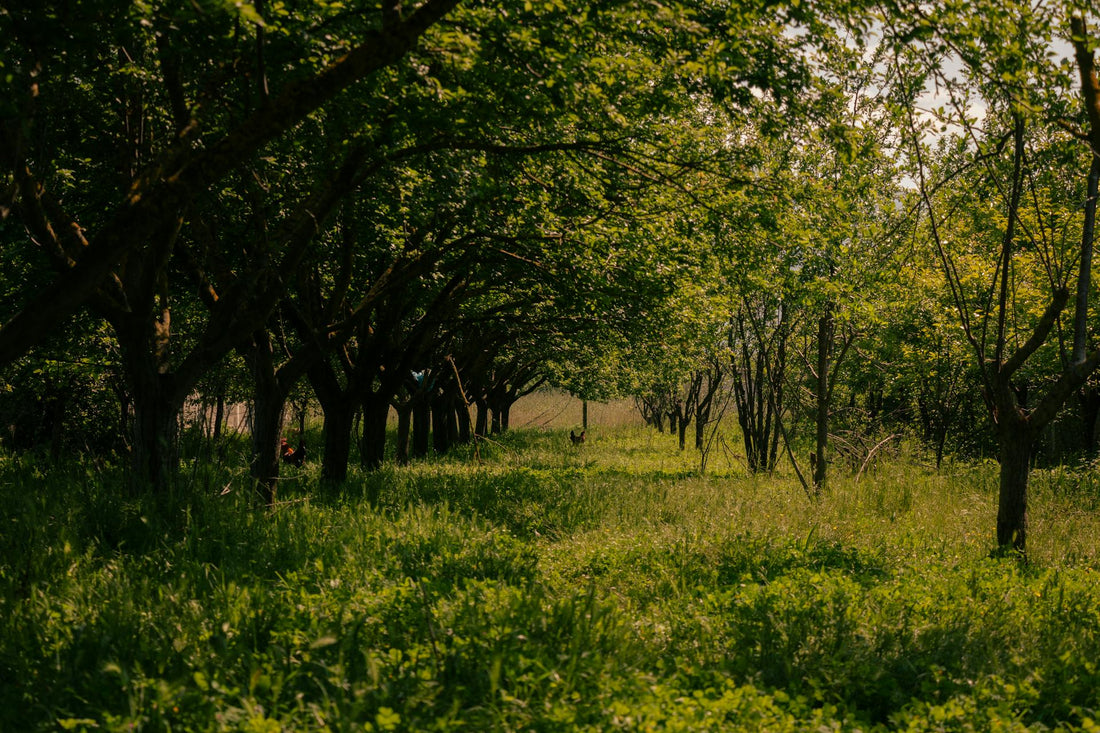Ah, chickens! Those delightful, feathered creatures that grace our farms and sometimes our backyards, providing us with eggs, entertainment, and the occasional chase around the coop. But life isn't all pecking and preening for these birds. Chickens, like many animals, face a variety of threats, from predators to harsh weather. So, how do these seemingly defenseless creatures protect themselves? The answer lies in their surprisingly clever use of camouflage and other smart survival strategies. Let's dive into the fascinating world of chicken self-defense!
The Masters of Disguise
Chickens aren't going to win any awards for speed or ferocity. So, nature has equipped them with an incredible skill – camouflage. This isn't just about blending into their environment; it's an art form perfected over centuries.
Feathered Fashion for Survival
When it comes to survival, chickens have quite literally got it covered – in feathers, that is. The feathered fashion of chickens is not just for show; it's a critical part of their survival toolkit. Let's delve deeper into how these birds use their plumage to outwit predators and stay safe.
A Palette of Protection
Chickens come in a dazzling array of colors and patterns, each serving a purpose beyond mere aesthetics. The earthy tones of many chicken breeds are not a random feature; they are a result of evolution fine-tuning their feathers to blend into the farmyard or woodland floor. For instance, the Buff Orpington, with its golden-buff feathers, can easily disappear among hay and straw, while the Barred Plymouth Rock's striped pattern breaks up its outline among the shadows of vegetation.
Patterned Perfection
It's not just color that helps chickens camouflage; it's also the patterns on their feathers. Breeds like the Speckled Sussex or the Partridge Cochin have mottled feathers that mimic the light and shadow patterns created by foliage. This type of patterning is a classic example of disruptive coloration, a camouflage strategy where a mix of colors and patterns breaks up the animal's outline, making it harder for predators to detect or recognize them as prey.
Seasonal Shades
Interestingly, some chickens also exhibit seasonal changes in their feather coloration. During different times of the year, their feathers can either darken or lighten, aligning with the changing environment. This adaptive coloration ensures that they remain inconspicuous to predators regardless of the season.
Breed-Specific Camouflage
The survival strategy can differ significantly between breeds. For example, breeds that originate from forested areas, like the Java chicken, have darker plumage, mimicking the darker forest floor and undergrowth. On the other hand, breeds from open fields or deserts, such as the Egyptian Fayoumi, often have lighter, sand-colored feathers.
The Role of Dust Bathing
Dust bathing, a common chicken behavior, is not just about hygiene; it's also a clever way to enhance their camouflage. By rolling in dirt and sand, chickens coat their feathers in earthy tones, which helps them blend even more with their surroundings. This natural "makeup" can be crucial in evading sharp-eyed predators.
A Dynamic Defense
What's truly fascinating is how this feathered fashion is not static; it changes and adapts. Through molting and regrowth, chickens can adjust their camouflage to the changing environment and seasons. It's a dynamic defense mechanism that keeps them one step ahead of predators.
Molting: The Wardrobe Change
Molting, the process where chickens lose old feathers to make way for new ones, also contributes to their camouflage. This might seem like a vulnerable time, but it's quite the opposite. The patchy, uneven feather patterns during molting create a disruptive coloration, breaking up their outline and making them less visible to predators.
The Art of Staying Still
When danger lurks, chickens often remain motionless, blending in with their environment. It's their version of playing hide and seek, and they're pretty good at it!
Using Their Surroundings
Chickens are surprisingly aware of their surroundings. They often seek shelter under bushes or in tall grasses, where their natural coloring helps them disappear from sight. It's not just about hiding; it's about smartly using what nature provides.
Mother Hens: The Ultimate Protectors
Mother hens deserve a special mention. They are the ultimate protectors of their chicks, using camouflage to keep their little ones safe. When a threat is near, a mother hen will gather her chicks under her wings, blending the whole family into the surroundings. It's a heartwarming sight of nature's protective instinct.
Camouflage: A Chicken's Game of Thrones
In the chicken world, survival often feels like a game of thrones, where only the best camouflaged win. This isn't a game of chance, though. It's a well-honed skill that chickens have developed to outsmart their predators and thrive.
So, the next time you see a chicken, take a moment to appreciate these hidden heroes of the barnyard. Their ability to blend in, to use their surroundings, and their instinct to protect their young are all testaments to the incredible art of camouflage. Chickens might not be the fiercest animals in the farmyard, but they are certainly among the smartest when it comes to self-preservation. And that's something worth clucking about! 🐔🌿🌳

